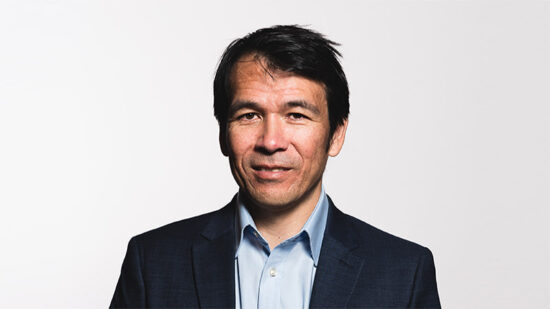The financial advice industry has been experiencing a steady decline in both the number of advisers and active clients, according to a report by trade association Libertatem.
The picture painted by The Heath Report Three (THR3) shows that the industry is dominated by advisers aged 56+ (45%); with 25% of advisers aged 45 or under and only 6% aged 35 or under.
That could lead to a potential loss of 40-50% of the nearly 33,000 advisers working in the industry (as of January 2018) due to retirement.
While this has been an ongoing trend, the introduction of the Retail Distribution Review in 2013 also caused a reduction in the average number of clients per adviser – estimated by the report as 72 – which could potentially make the industry less appealing.
Not seeking to alarm
However, the report does not want to spark any panic, said Garry Heath, director general of Libertatem, who was named among International Adviser’s 100 most influential people.
“THR3 does not seek to alarm. Instead, its role is merely to inform the government and the regulators as to current status of the impartial advice market – which currently controls 73% of funds under advice (FUA) and, in some areas, up to 90%.”
In fact, Heath’s report provides several solutions to ensure the advice industry will not die out.
“If [the solutions are] taken seriously, it should be possible to not only maintain the current levels of professional advice, but expand it.”
In order to stop the number of advisers going down, the report says that 1,650 recruits should be hired every year for a decade, stressing the importance of recruitment going forward.
While the costs for new recruits would be £30,000 ($38,500, €34,000) per individual, spread over two years to cover their studies, exams and financial support, the report suggests looking at it as a form of investment in the future of the firms and of the industry.
“There is a need for an immediate target of training,” the report says, to at least replace the outgoing advisers considering the incredibly high retirement rates.
In addition, expanding the number of customers and encouraging them to consider investing as a protection solution could improve the industry and would also complement with the Financial Conduct Authority’s objectives.
Lastly, THR3 suggests a review of barriers to entry for companies and individuals looking to set up an advisory firm; the suggested areas to review are capital adequacy, the actions of Financial Ombudsman Service, professional indemnity (PI) insurance and regulatory costs.
A call to action
Most of these suggestions are not new, and many firms have already made a concerted effort to stave off the decline in adviser numbers.
Some have already started looking at and training the next generation of advisers, with Brewin Dolphin setting up apprenticeship scheme and Old Mutual Wealth setting up the Financial Adviser School.
However, more can always be done and, if the Heath report is accurate, must be done to ensure the future of the industry.








